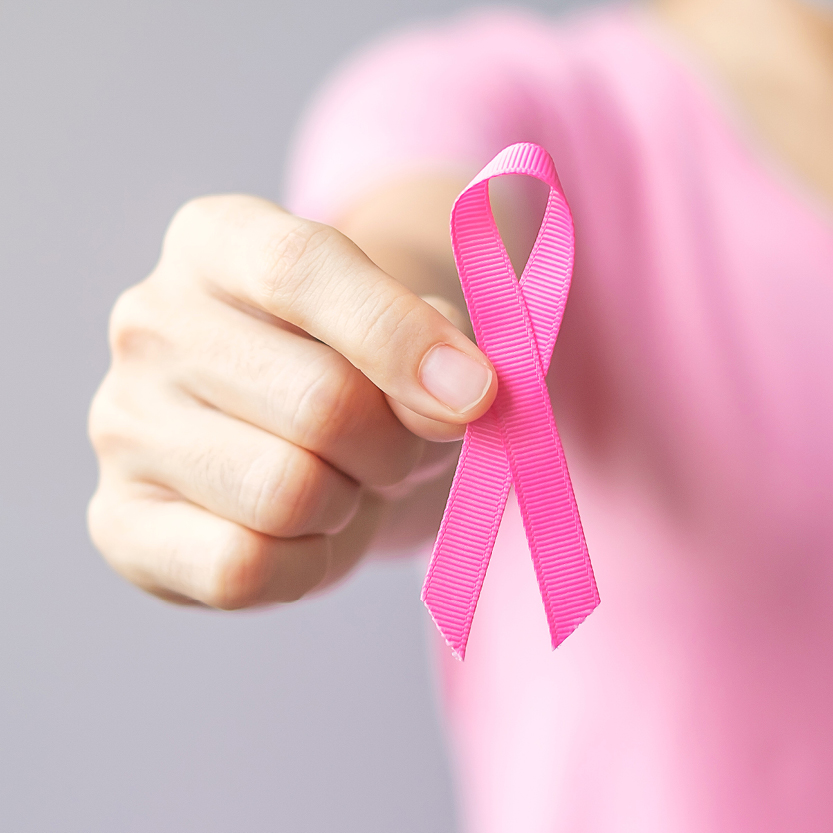Together let’s educate and increase awareness of breast cancer
Breast cancer can be detected in its early stages by putting an emphasis on routine checks, forming a relationship with your primary care provider, and keeping up with regular recommended testing.
About 1 in 8 U.S. women (about 13%) will develop invasive breast cancer over the course of their lifetime. In 2022, alone, more than 287,000 cases of breast cancer and just over 51,000 cases of non-invasive breast cancer will be diagnosed in the U.S.
According to the American Cancer Society, early-stage breast cancer has a five-year survival rate of 99 percent. Later-stage cancer has a survival rate of 27 percent. More than 75 percent of women who have breast cancer have no family history.
What is breast cancer?
Breast cancer occurs when abnormal cells in the breast grow in an uncontrolled manner. There is no simple cause of breast cancer and a variety of risk factors come together to make you more susceptible. Some of these risk factors are inherited, some incur throughout your life and others are present in the environment in which you live.
The good news is that over a quarter of breast cancer cases are preventable. Studies suggest that if you take precautionary measures to adopt a healthier lifestyle, your risk of developing breast cancer can reduce.
Risk Factors you can control
- Maintain a healthy weight.
- Exercise regularly.
- Limit alcoholic drinks.
- Stop smoking.
Signs and Symptoms
The most common symptom of breast cancer is a lump or a mass in the breast. In the early stages, symptoms may not be present, and cancer can only be detected through screening. Other symptoms include the following:
- Swelling of the breast
- Breast or nipple pain
- Skin dimpling
- Nipple discharge
- Swollen lymph nodes
- Nipple retraction
- Red, dry, or flaky skin around breast or nipple
More than a third of women don’t check their breasts. Adult women of all ages are encouraged to perform breast self-exams at least once a month. The rule of three is to touch your breasts, look for changes and check any changes with your primary care provider. It is rare, but men get breast cancer too and they can also follow this rule.
When should I receive breast cancer screening?
The best way to detect breast cancer is through a mammogram screening. Your primary care provider can also provide clinical breast exams.
Susan G Komen foundation recommends the following for women at average or higher risk:
- Talk with a doctor about which screening tests are right for you.
- Have a mammogram every year starting at age 40 if you’re at average risk.
- Have a clinical breast exam at least every three years starting at age 20, and every year starting at age 40.
There are different screening recommendations for men at higher risk and transgender people and your doctor can discuss these with you.
Focus on the lifestyle risk factors that you can control, complete self-exams, and when in doubt, consult your primary care provider. Whether you notice something unusual during a self-exam or you just need a risk assessment, schedule an appointment to start managing your breast health – it could save your life.

